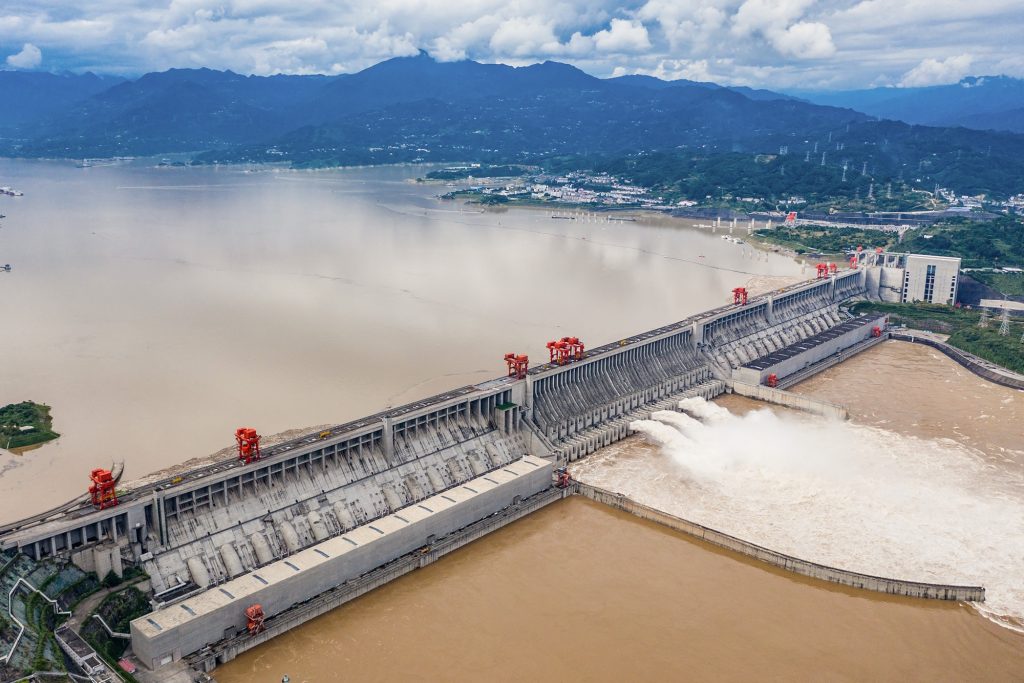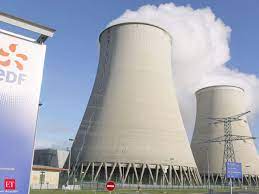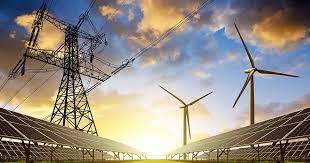Pakistan Energy Sector is a relatively underdeveloped sector and is one of the obstacles to the economic growth of the country. Even though Pakistan has been able to increase power generation since 2013 and reduce power blackouts that have plagued the nation for the past ten years. The power sector has been unable to grow and modernize due to high fuel prices, dependence on imported energy products, persistent natural gas shortages, significant debt, and aging and inadequate transmission and distribution systems. Pakistan’s current energy problems are made worse by poor administration, disorganized energy policymaking, and a lack of long-term energy planning.
Although Pakistan has made significant progress in solving these problems with the help of the United States and other nations, without significant reforms, Pakistan’s energy future will continue to be difficult. In the present scenario, renewable energy (RE) resources can play an important role in bridging the deficit. The Ministry of Energy has updated the Renewable Energy (RE) Policy in light of the current administration’s preference for renewable energy. The government of Pakistan intends to wean Pakistan from its dependence on foreign fuel products by 2030 by obtaining 60 percent of its energy from renewable sources, including hydropower.
Renewable Sources of Pakistan Energy Sector:
Table of Contents
Solar power Sector:

The solar power sector is a growing renewable source of Pakistan energy sector. Some efforts have been made to install and expand the use of solar energy in Pakistan as Pakistan has an average of nine and a half hours of sunlight per day. Since the government implemented a set of support policies to encourage the development of renewable energy, solar power entered Pakistan’s energy mix. According to the Pakistan Economic Survey, different solar power facilities with a combined capacity of 430 MW started operating commercially over the past five years and are presently supplying electricity to the grid.
Many businesses and industries in Pakistan are resorting to captive solar solutions as a result of increased electricity prices and an unstable grid supply. Residential installation of rooftop photovoltaic panels has increased dramatically in major cities. The sector is poised for significant growth soon as the GOP is targeting at least 1 million customers and adding about 3000 MW of solar power through net metering.
Wind power Sector:

Pakistan offers significant potential for wind energy use in the coastal region of Baluchistan and Sindh. Pakistan is installing wind-generating plants in the Sindh provinces of Jhimpir, Gharo, Keti Bandar, and Bin Qasim. the government of Pakistan chose to develop wind energy sources due to the problems of power supply to the southern coastal districts of Sindh and Baluchistan.
The project was initiated with the support of the Chinese government. The Nokundi area near the Afghan/Iran border in the Chagai district of Baluchistan has good potential for wind power generation wind speeds are 12.5% higher than normal which is suitable to generate energy. The Government of Pakistan has created an RE policy that envisages 60% of energy generation from renewable resources by 2030, an ambitious target that provides many opportunities for the wind energy market in Pakistan.
Hydroelectric Sector:

Pakistan’s history of energy booms and subsequent declines is almost cyclical and persisted even when construction capacity is high. Apart from large hydro, there is potential for small micro hydropower development with a revised RE policy. Small hydropower projects are viewed favorably by the GOP as a cheap and clean source of electricity. The majority of Pakistan’s small hydropower plants are found in the country’s rural north.
The GOP recently announced a capacity expansion plan to develop an indicator to identify future needs regarding capacity, fuel technology, and utilization of local resources for power generation (IGCEP). According to the government plan for Pakistan, by 2030, an additional 13,000 MW of additional hydropower capacity will be added to the existing hydropower capacity by 9,000 MW, accounting for 25 percent of the total mix.
Nuclear power Sector:

Although nuclear power is not yet deemed a renewable energy source, the cost of fuel to produce electricity from nuclear power plants is the lowest among all fuel-fired power plants. The cost of fuel for nuclear power production was Rs1.07 per unit in October 2022, now there are currently six nuclear power projects in operation in Pakistan. Although experts admit that the government has planned energy transition initiatives well, problems arise when the implementation phase begins.
Tidal power Sector:

Compared to other renewable energy technologies in Pakistan, tidal power is yet to work. There are two locations in Sindh where tidal energy can be utilized which has tidal heights of two to five meters. Sonmiani Beach and Kalamat Locations are also promising locations for tidal energy in Baluchistan.
Read more about Technology Trends You Should Know




